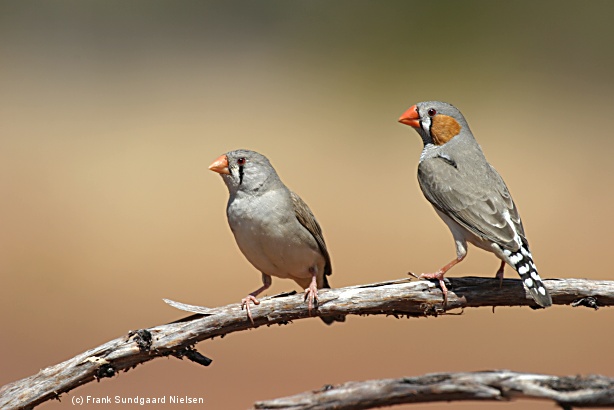
Michale Fee and Michael Long at the Massachusetts Institute of Technology investigated by implanting small coolers at various sites in the finches' brains. The devices cooled that part of the birds' brains by up to 6.5 °C.
When the cooler was implanted into an area called the HVC, which is involved in both learning and producing birdsong, they found that the birds sang the same song, but more slowly (Nature, DOI: link). The equivalent area in human brains controls movement.
The HVC contains several groups of neurons that are activated at different points during a song. Fee and Long's finding suggests that the timing of these bursts of activity is regulated by the HVC.
Fee likens the action of the HVC to that of the rotating drum in a wind-up music box. Cooling the HVC "is like slowing the rate at which that drum rotates", he says.
A similar mechanism may work in humans, with each word or common phrase having its own chain of neurons, Fee suggests.



Reader Comments
to our Newsletter